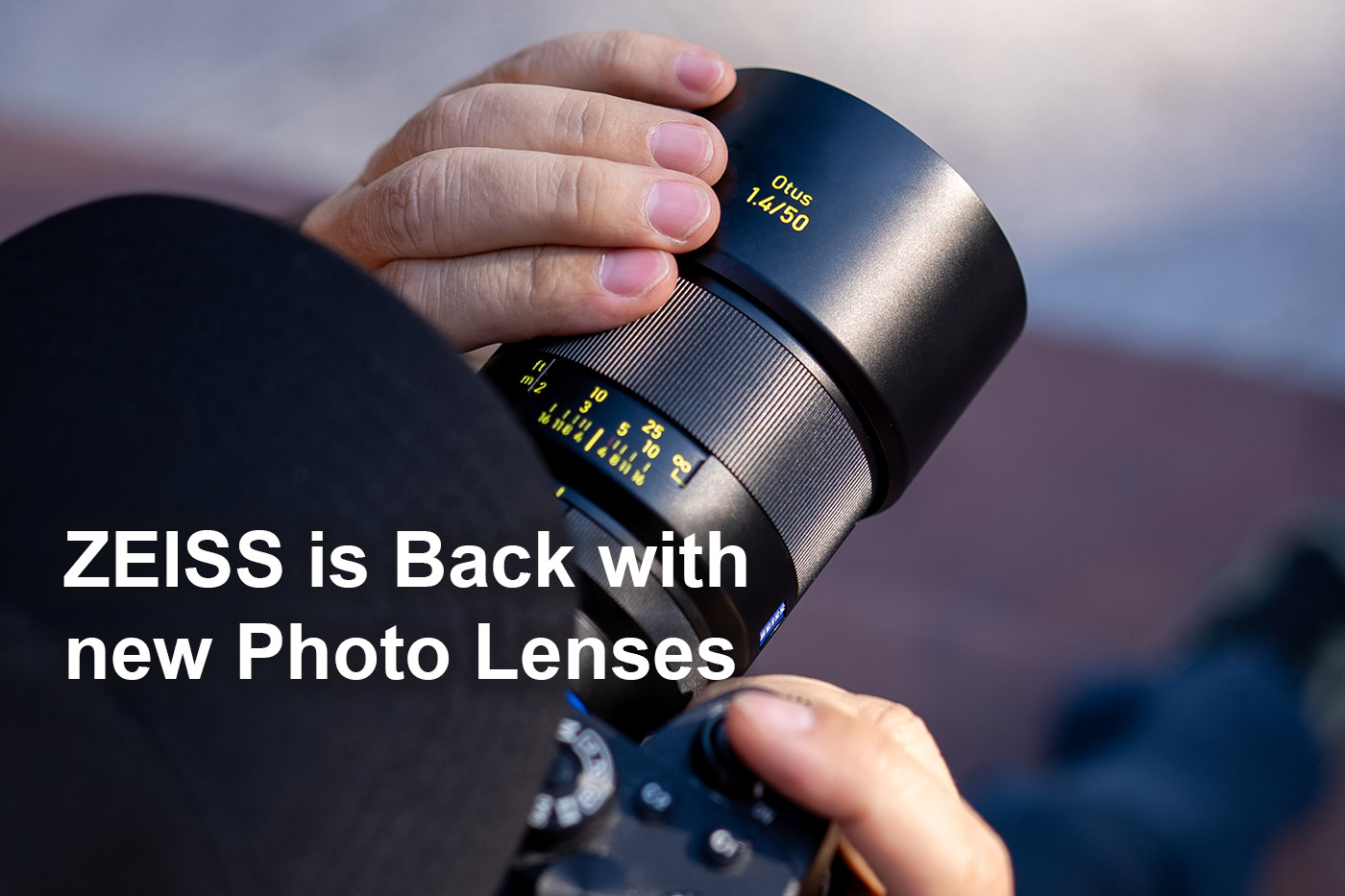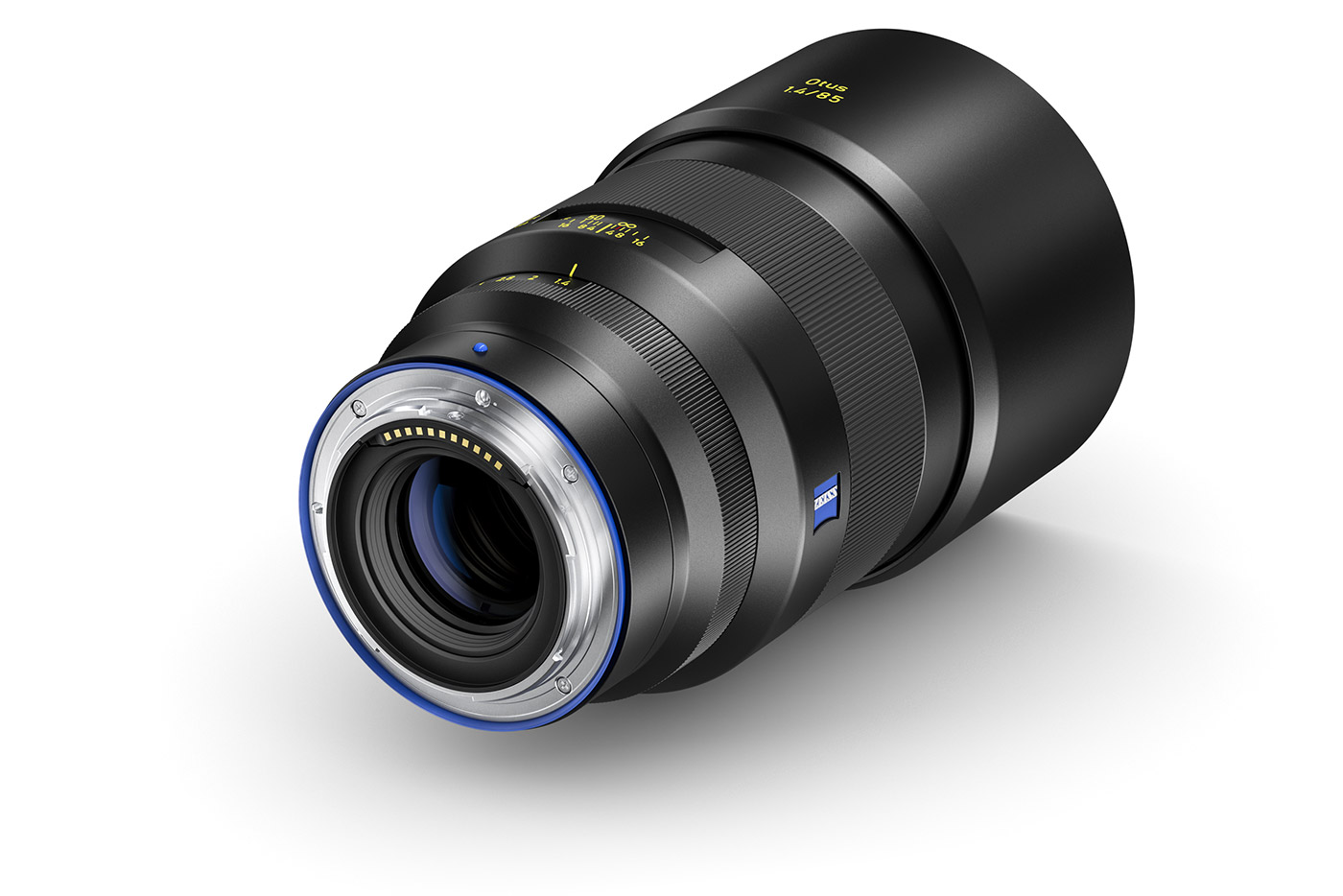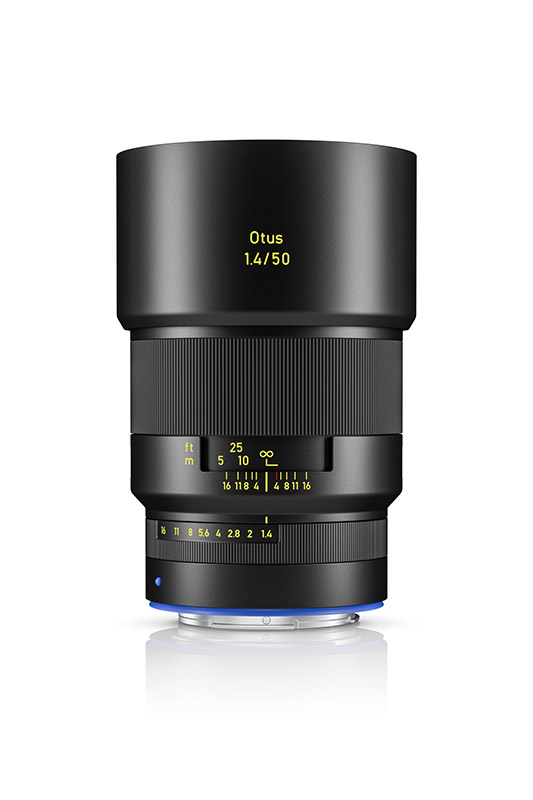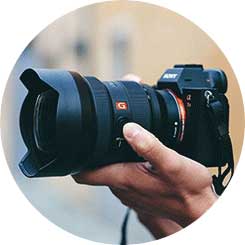- Call us: 01444 237070
- Contact Us
- Stores
- Sign In / Register
-
- Back
- Used Cameras
- Used Accessories
- Used Lenses
- Used Video
- Used Film Equipment
- Used Stock Alert
- Used Blank Test
- Sell or Part Exchange
- Used Clearance
- Recently Added Used Equipment
- Park Picks
- All Used Black Friday Deals
- Faulty
- Trade-In
- Blog
- New in
- Call us
- Contact us
- Stores
- Sign in
- Categories
- Tips & Inspiration
- Reviews
- News
- Events
- Features
- Buying Guides
- Competitions
ZEISS is Back with new Photo Lenses
After a noticeable absence ZEISS is Back with new Photo Lenses in 2025. At 10am GMT on 25th February, during CP+ in Japan, ZEISS officially announced six new Otus ML lenses, which herald its first return to standalone photo lens development in years.
While the brand has continued producing high-end cine lenses, spotting scopes and working in collaboration with Sony, new ZEISS-branded photography lenses have been largely absent from the photo scene. This launch signals a shift, and one that bravely brings manual focus lenses back into the spotlight.

The Otus ML series consists of two wide aperture f/1.4 models, with a standard 50mm and short telephoto 85mm, which will be available for Sony E, Canon RF, and Nikon Z mounts.
With an expected price of £2,100 for the 50mm and £2,350 for the 85mm, these are no-compromise, premium optics, designed for portrait, fine art, and professional photography and video content, amongst other subjects.
ZEISS is once again catering to photographers who value optical precision over autofocus, reinforcing the brand’s ability to create lenses with exceptional image quality, and classic optics.
A Bold Move with Manual Focus Mirrorless Lenses
Releasing a series of manual focus lenses in an industry dominated by autofocus is a bold move, but it’s certainly a deliberate one. It does feel as though there’s a growing shift towards slower, more intentional photography, with more photographers seeking a tactile experience that reconnects them with the storytelling process.
In a world increasingly steered by AI-driven perfection, the art of manual focusing feels like the natural counterbalance, with a return to hands-on control and creative decision-making.
The Otus ML series definitely revives a slower, more deliberate process, bringing back the kind of precise focusing and engineering that defined ZEISS’ best manual lenses. Whether this is a niche move or the start of a larger trend remains to be seen, but ZEISS is betting on the fact that some photographers want full control over their images, without the intervention of autofocus motors.

Sonnar and Distagon Optics
ZEISS has leaned into its optical heritage for the 2025 Otus ML series. The 50mm lenses employ a Distagon optical design, while the 85mm lenses are based on Sonnar. These aren’t new formulas as ZEISS has been refining these designs for decades, but they’ve been optimised for mirrorless sensors, with modern coatings and elements that reduce aberrations and maximise contrast.
For those familiar with ZEISS’ Otus DSLR lenses, these new versions follow the same philosophy of delivering exceptional sharpness, colour accuracy, and minimal optical compromises. However, these new Otus ML lenses are designed specifically for mirrorless cameras, which enables them to be more compact while still achieving high image quality and signature rendering that made the Otus line so well known.
The return of the Sonnar and Distagon designs also pays tribute to ZEISS’ history, heralding back to Contax-era lenses and Hasselblad collaborations. The company is not reinventing the wheel, but refining it, bringing some of its best work into the modern mirrorless era.
What are the New ZEISS Otus ML Lenses?
The lineup is simple:
- ZEISS Otus ML 50mm f/1.4 – Available for Sony E, Canon RF, and Nikon Z.
- ZEISS Otus ML 85mm f/1.4 – Available for Sony E, Canon RF, and Nikon Z.
The 50mm models are for general-purpose photography, excelling in street, documentary, portraits and fine art images, while the 85mm are for portraits, studio work, and cinematic depth-of-field effects. All of these lenses feature an all-metal construction, weather sealing, and fully manual focus operation.
- Zeiss Otus ML 50mm f/1.4 Lens for Sony E Mount
- Zeiss Otus ML 50mm f/1.4 Lens for Canon RF Mount
- Zeiss Otus ML 50mm f/1.4 Lens for Nikon Z Mount
- Zeiss Otus ML 85mm f/1.4 Lens for Sony E Mount
- Zeiss Otus ML 85mm f/1.4 Lens for Canon RF Mount
- Zeiss Otus ML 85mm f/1.4 Lens for Nikon Z Mount

Premium Build Quality
ZEISS has always been known for its build quality, and the Otus ML series continues that tradition. Each lens is made with solid metal, and features a frosted anodised surface for improved grip. The focus rings are precision-engineered, offering buttery-smooth rotation with just the right amount of resistance.
They’re weighty too, with a solid heft to them, rather than being plain old heavy or cumbersome. The 50mm models weigh around 680g, while the 85mm are approximately 1050g, with minor variations between the three mounts.
Inside, special glass elements and aspherical designs ensure that optical performance remains consistent from corner to corner, all but eliminating distortion, chromatic aberration, and colour fringing. The ZEISS T anti-reflective coating* further enhances contrast, reducing glare and maintaining micro-contrast even in difficult lighting conditions.
Being manual focus also means that these lenses offer long focus throws, allowing photographers to make fine adjustments with absolute accuracy. Unlike autofocus lenses, which often rely on electronic corrections, the Otus ML lenses deliver a purely optical performance, with no software compensation necessary.
Pricing and Availability
The ZEISS Otus ML lenses are placed in the premium category, and are priced at:
- £2,100 for the 50mm f/1.4 models for all three mounts
- £2,350 for the 85mm f/1.4 models in all three mounts
They are expected to be released in two phases, with the 50mm expected in spring and the 85mm expected in summer 2025. This release suggests that ZEISS is carefully managing production in Japan, ensuring that each lens meets its stringent standards before reaching photographers.
What This Means for the Future of ZEISS Photography Lenses
This launch is more than just a set of new lenses, it raises a bigger question of whether ZEISS is making a full comeback to photo lenses. For years, ZEISS has focused on cine lenses, industrial optics, and medical imaging, with occasional collaborations with Sony in the consumer space.
The release of the Otus ML series suggests that there is still a place for high-end manual focus photography lenses, even in an autofocus-driven market. Brands such as Voigtlander have certainly gained traction over the last few years with their range of manual focus lenses, and I’ve been fortunate to review some including a macro lens for the Voigtlander 65mm F/2 Macro Apo-Lanthar Review.
The bigger question is whether ZEISS will expand the lineup. The Otus ML lenses focus on 50mm and 85mm, but could we see wider focal lengths, macro options, or even a new Milvus-style series for more varied applications? We certainly hope so, but in the meantime I cannot wait to get my hands on one of the new ZEISS lenses and we’re sure Gareth will also be reviewing one on our Youtube channel, so stay tuned for more.
For now, ZEISS has made a clear statement: exceptional optics, no compromises, and a belief that manual focus still has a place in modern photography. Whether this marks the start of a wider ZEISS comeback remains to be seen, but for photographers who have long admired the brand’s legacy, this is the moment they’ve been waiting for.
Discover more from ZEISS, and explore our huge range of range of mirrorless lenses which can take your content creation in new directions.
Share this post:
By Nick Dautlich on 25/02/2025
Nick Dautlich
Senior Content Writer and Product Reviewer
Nick Dautlich is the Senior Content Writer and Product Reviewer at Park Cameras, with over 15 years of photography experience. A Sony Imaging Professional and expert reviewer, Nick has worked with major brands such as Canon, Sony and Nikon. His work is also featured on Vanguard World UK’s website, Capture Landscapes, and Shutter Evolve. Nick’s photography includes National Trust projects and magazine covers and he is passionate about landscapes and storytelling. Nick also enjoys hiking and teaching his children about nature. Learn more on his profile page.

Trade in your old equipment
Fast and easy trade in service ensures your old gear is collected efficiently and you are paid quickly! It's very simple to trade in your unwanted photography gear. Just head over to our dedicated Sell or Part Exchange page, fill out the details, and we'll get back to you with an offer for your old gear. Take the cash, or put it towards the cost of your new gear. It's up to you! Find out more
sign up to the newsletter
Keep up to date on the latest photography news, events and offers. Sign up now
